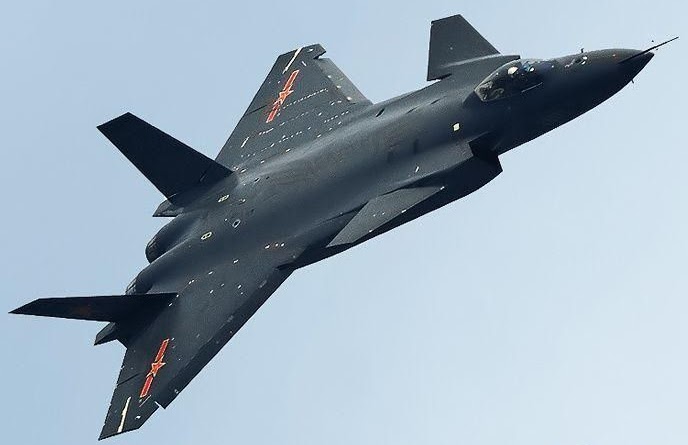The 1991 war between the US its allies and Iraq precipitated a major rethink in Chinese military doctrine. Prior to this event the Peoples Liberation Army (PLA) relied upon a soviet era doctrine which emphasised an extremely large number of poorly trained and poorly equipped troops, as guarantors against possible invasion by external powers. In what was deemed a “Peoples war scenario”, the PLA would suffer massive casualties but would have near limitless reserves, whereas the losses caused by attrition against numerically inferior would be invaders would be sufficient to prevent the destruction of the Chinese state. It was clear from the annihilation of the Iraqi army, which was similarly equipped and followed a similar doctrine to the Chinese military that modern precision weapons could quickly obliterate soviet era equipment, and that the standoff afforded by these systems ensured minimal casualties to the military force using them. Hence against a modern western army the wearing effect would be firmly on the side of the PLA.1
To counter this threat the Chinese state embarked upon an extremely ambitious military modernisation program. This program seeks to manufacture most if not all equipment domestically and not to simply import readymade systems from foreign suppliers. To this end we see a proliferation of very sophisticated Chinese weapons systems being deployed by the triad of Chinese military services i.e. air, ground and navy forces. These weapon systems seek to either match US/western weapon systems or neutralise the capability afforded by a US weapon systems. It is beyond the scope of this article to discuss all such developments, however the main developments will be assessed.
Anti Ship Ballistic Missile (ASBM)3
China has reportedly developed and tested the world first ASBM system called DF-21D, which is reported to have a maximum range of 2700 kilometres.4,5 Although this is not a mature weapon system as of yet, the guidance system is continually being upgraded with the addition of new satellites and Unmanned Aerial Vehicles (UAV’s).
This system has the ability to fundamentally readdress the military balance in the Pacific Ocean, as there is at the moment no known defence against a fully functioning weapon system of this calibre. Instead of using relatively slow moving and interceptable cruise missile, this system uses ballistic missiles travelling at mach 10+, and hence it is extremely difficult to counter. This system is in fact a area denial system which is a weapon system that prevents an enemy from using a particular area as a staging post to launch attacks and hence is invaluable to prevent any intervention by the US in the Taiwan straits.
The commissioning of this system has forced the US to alter its policy vis-a-vis China; rather than attempting a green water blockade close to the Chinese mainland, the US has been forced to adopt a defensive posture utilising the majority of its Ballistic missile defence vessels a considerable distance from the Chinese mainland.
An ASAT capability gives China the ability to target the Achilles heel of the US military . The US is heavily reliant upon its space-based assets to enhance the war fighting capabilities of its armed forces. Almost every sophisticated weapon is reliant on GPS and satellites for control and targeting, hence any disruption of these assets would adversely affect the capabilities of the US armed forces, leading to either a significant increase in costs in terms of lives and equipment or even military defeat 7.
 Further to this test, on the 31st October 2012 the Shenyang J-31 conducted high speed taxiing and briefly became airborne 9. This aircraft is reputed to be developed as a carrier based fifth generation fighter. This development has made China only the second nation in the world to have two fifth generation aircraft programs running at the same time.
Further to this test, on the 31st October 2012 the Shenyang J-31 conducted high speed taxiing and briefly became airborne 9. This aircraft is reputed to be developed as a carrier based fifth generation fighter. This development has made China only the second nation in the world to have two fifth generation aircraft programs running at the same time. -
Department of Defense Studies, 2000, p. 4.


